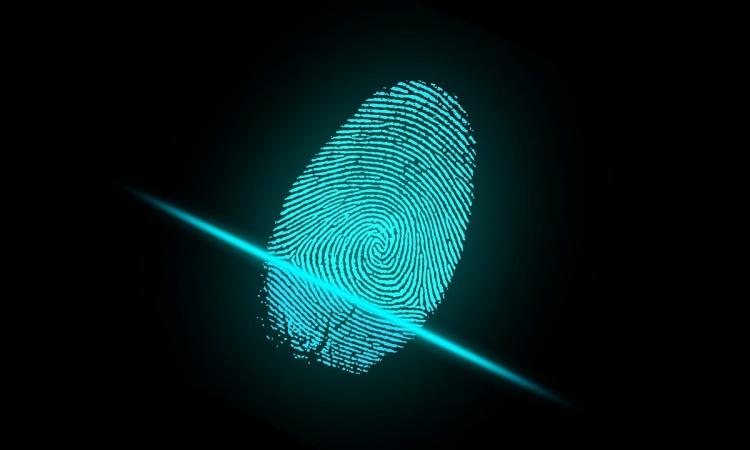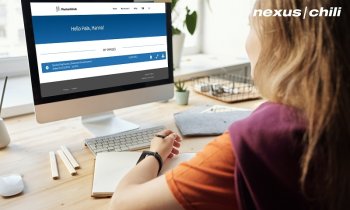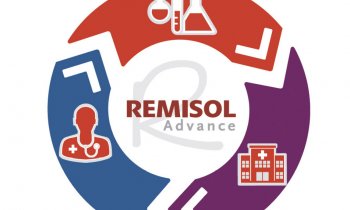Young Turks
The new European network for exchanging medical records between countries is proving to be robust and reliable. But, it would not be Europe if someone didn’t shake it all up,’ says John Brosky.


A large-scale European programme, Smart Open Services European Patient (epSOS) network, came online in May 2012 with the exchange of summary medical and medication data across borders between seven nations: Switzerland, Estonia, Finland, Italy, Portugal, Sweden, and Turkey. The cross-border network, which allows diverse national systems to speak with each other, is proving to be a robust and scalable platform using a mix of open-source and proprietary codes. This network spine, developed by Tiani Spirit from Vienna, runs along an industrydesigned backbone to join national contact points (NCP). Industrial partners for epSOS are represented by the European arm of Integrating the Healthcare Enterprise (IHE), which also organised the testing event in Bern. In May, with the expiration of a two-year, free trial period, countries now operating live exchanges through the epSOS network need to pay a modest €15,000 ($19,045) annual fee to continue using the Tiani solution.
Turkey builds alternate route
In 2011 Turkey validated its ability to connect with the Tiani NCP at Connectathon. According to Mustafa Yüksel, a lead engineer with Software Research Development & Consulting (SRDC; Ankara), ‘We did not like hearing that the epSOS backbone was closed-source, and then we learned that, in the end, we’ll be asked to pay a license fee.’ At this year’s European Connectathon, the young Turks from SRDC arrived not as a national network participant, but as a vendor testing an NCP solution it developed in less than a year using open-source code.
According to epSOS project director Fredrik Linden, Turkey was more interested in developing its internal capability for building a national health information system than it was concerned about the relatively low licensing fee for Tiani Spirit. ‘The backbone it has developed can help serve the development of the healthcare system in Turkey,’ he said. ‘Both the Turkish Ministry of Health and SRDC boldly went forward and the resulting structure was tested for the first time in Bern. Everyone is watching to see first if it is a valid system, and then to work on any technical issues that emerge,’ he said, adding: ‘What works for Turkey is not going to be 100% for other countries, so each will try working within the open source framework.’
Revolt spreads quickly
Two countries, Estonia and Finland, went to Bern for the Connectathon to test the SRDC alternative to the Tiani NCP system at the Connectathon in Bern. ‘Estonia asked for our implementation and then adopted it for their national system,’ Mustafa Yüksel explained. ‘They then picked up an existing epSOS portal solution from a Greek company and adapted it, so this is a very European initiative.’ The arrival of a second system for effecting the crucial NCP stirs mixed emotions among engineers and epSOS participants. On one hand, it is an excellent example of innovation using the open-development methods of IHE, on which the epSOS system is based. On the other hand, it creates a risk to the stability of the epSOS systems on-going operation. Fredrik Linden: ‘We decided long ago that an industry team of partners would build the epSOS backbone and then connect the different nations to that backbone. We didn‘t see a need to develop an open-source NCP spine when there was a system from Tiani Spirit already running that combines both open and closed components.’
‘Who do you call?’
Martin Tiani, Chief Executive of Tiani Spirit wishes the open-source advocates well. ‘We brought a core system to epSOS for free use for two years to resolve the chicken-and-egg dilemma,’ he said, adding, ‘without this method, a large-scale European project could have ended in a nightmare. We told the EU there is nothing binding, that any state can optout, and that Tiani will always be the back-up, so epSOS never shuts down. I’m very happy that the open source initiative for epSOS is running and I genuinely wish them well,’ he added. ‘If it works well, everyone can use it.’ The key question, he suggested, is whether the SRDC open source system will be sustainable after initial funding for development. Where the epSOS backbone developed by Tiani Spirit is assured by that company for operating around the clock, countries that use the alternative system developed by SRDC are responsible for their own maintenance of the open-source system. ‘Who do you call if there is a problem with open source?’ Martin Tiana asked. ‘Who guarantees the system keeps running? Who is funding the maintenance of the code? It’s complex to do this, and while it’s fun for the first three or six months, after that it is not fun,’ he said, adding: ‘And, making a deal with the European Union is not easy. They are always short of funding.’
PROFILE
Fredrik Lindén, Project Coordinator for epSOS (Smart Open Services for European Patients), advanced from managing relations among the independent-minded Swedish counties to coordinating 12 European countries for the ambitious epSOS programme, in which 23 countries now participate – a tribute to his skills. With a Master of Science in International Business Administration (University of Lund) and studies at the Ecole Supérieure de Commerce de Paris, he spent seven years at IBM on projects across the Nordic countries. Before his appointment to epSOS, he worked for the Swedish Competence Centre for eHealth, managing the work of creating a common technical infrastructure for eHealth in Sweden.
12.11.2012











